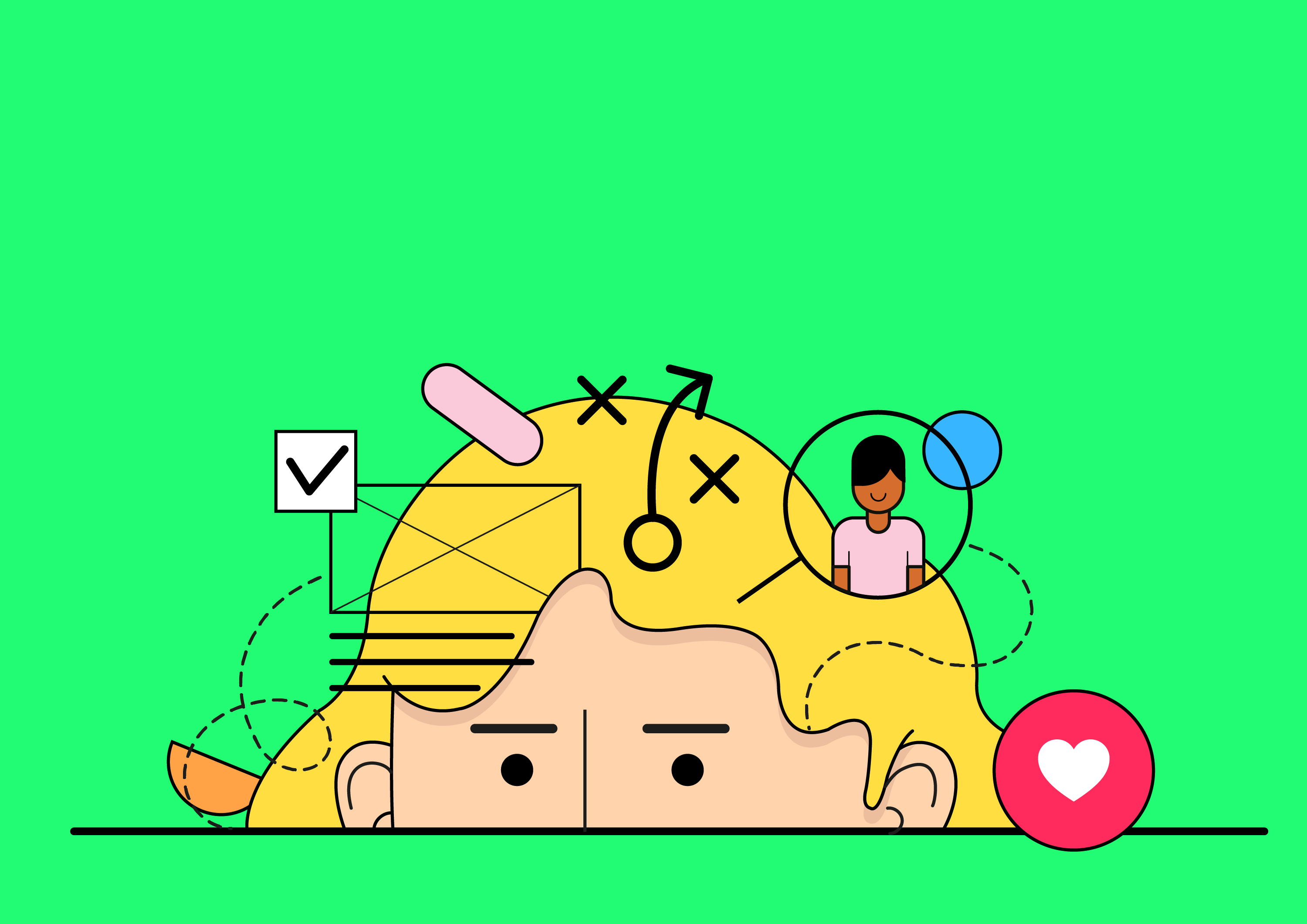Thoughts
A UX designer’s wish: “Help me help you!”
What does a frustrated Jerry Maguire have in common with Esatto's UX designer? One thing is the desire to collaborate. Read Esatto's Maria Enecker’s wish for a successful project.

Mutual engagement: the key to success
“Help me help you!” These were the words spoken by a frustrated Jerry Maguire (played by Tom Cruise) in the iconic 1997 film of the same name. In an intense scene set in the locker room of football star Rod Tidwell (played by Cuba Gooding Jr.), the sports agent Jerry is struggling with his most important, and only, client. In a desperate attempt to make Rod understand that their success depends on mutual commitment, he repeatedly utters the words “Help me help you!”
As a UX designer, I sometimes feel like shouting “Help me help you!” when I work with my clients – though with a bit more positivity and joy than Maguire. At the core, a successful project is built on mutual engagement, participation, and a strong dose of curiosity and openness toward one another.
6 tips for achieving top results in your project
When I step into new fields, my clients are the experts, and I am deeply humble about their knowledge. My role as a UX designer is to be an expert in helping them help themselves, and in finding solutions to problems they may not even know exist. But how? Here are my five tips on how to achieve top results together:
1. Invest in pre-studies
It’s understandable to be eager to get started. However, preliminary studies are worth their weight in gold and save time, money, and headaches down the road. When I began working as a graphic designer twenty years ago, starting a design project meant opening Photoshop and beginning to draw. Luckily, we’ve become wiser!
Even though I, as a designer, can create visually appealing sketches without research, the result risks becoming something attractive but unrealistic and unusable without deeper insights. This costs both time and money. Pre-studies provide us with the critical understanding we need to create something that both looks good and works in reality.
2. Design with the user in mind
The user should be at the heart of all design decisions. Clients need to understand and support the need to involve real users in the process – from early research to testing. Even if you have a good grasp of your target audience, it’s risky to assume you know exactly what they want without actually asking them.
User-centred design is about listening to users and understanding their needs deeply – and they often surprise both me and my clients!
3. Collaborate and communicate
Open and close collaboration between the client and the UX team is crucial. Regular meetings, updates, and feedback sessions help keep projects and processes on track at all times. UX design is an iterative process, and both the client and the designer must remain flexible and adapt to new insights during the project.
4. Invest in a design system
When projects grow organically, ideas can easily spiral out of control. This is particularly true for companies that have existed for a long time, often resembling extended houses where different sections were built at different times and with different styles. By building a design system, we create order and structure. And when things change (as they inevitably do; design systems are living documents), we can easily implement those changes across the board simultaneously. Convenient, right?
5. Follow up and evaluate
Once the project is launched, the client needs to be involved in monitoring how the design performs and be ready to make further improvements based on user feedback. We are constantly learning, so I advise all my clients to follow up and adjust as needed.
6. Have fun!
Having fun together fosters creativity, engagement, and innovation. Important doesn’t mean boring.
So, help Esatto help you – get in touch, and together we can create top-class design – and have fun along the way!



